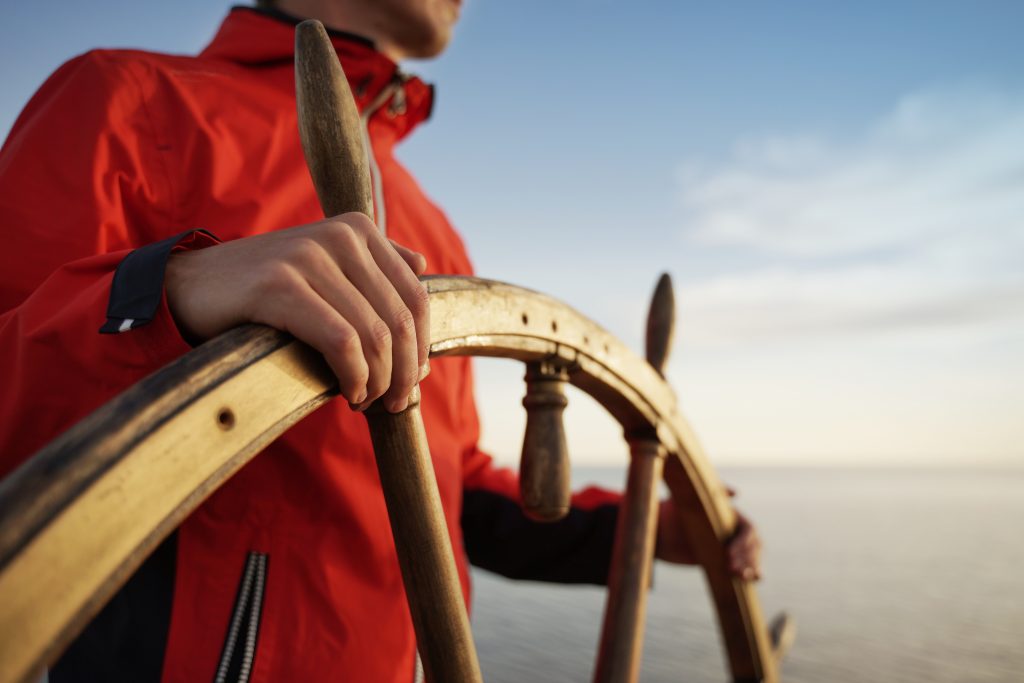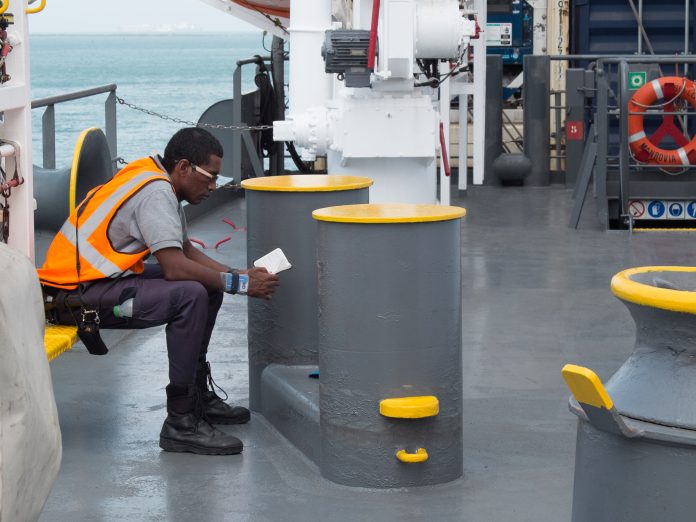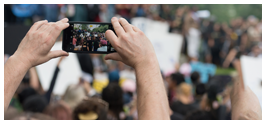A seafarer’s faith is his most powerful weapon in overcoming difficult emotional, even dangerous, shipboard conditions and in making life at sea bearable in many ways.
During the guesting of past winners of the Ten Outstanding Maritime Students of the Philippines (TOMSP) in our online show “Amigos Marinos,” I asked them again the question I posed during their interview on what personal item will they bring with them if the boat is in danger of sinking.
Some of the answers given include rosary, Bible, family pictures, and notebook with prayers.
This is a reflection of the practice of most Filipino seafarers of bringing with them on board their religious beliefs, ideas, and traditions.
Dr. Nelson Turgo of the Seafarers International Research Center said religious practices can mitigate negative aspects of work, such as loneliness, isolation, and institutional living, as well as fear of the dangers that can be encountered at sea.
Religion assists seafarers in coping with dangerous and emotionally challenging workplaces. It offers for the ordinary Filipino seafarers strength, hope, and peace in relation with their daily work and social relationships on board the vessel.
Turgo noted that seafarers find strength in their God as they commonly experience fear during emergencies at sea often associated with storms, mechanical failure, collisions, and groundings.
Seafarers are more likely to draw on their belief in God to help them when they are powerless.
It is relatively common for seafarers to engage in faith-based routines, which they hoped would offer them some protection.
A work of a seafarer is not exactly a walk in the park.
The shipping industry and seafaring profession are not without incident or peril where some may go missing or die in maritime disasters, while others may suffer illnesses or injury due to increased work-related stress and exposure to variant weather
The European Maritime Safety Agency declared in a report that between 2011 and 2020, there were 745 work-related fatalities among maritime workers and nearly 9,000 persons injured.
There are still 36 Filipino seafarers still missing due to the capsizing of the Panama-flagged livestock carrier Gulf Livestock 1 in southwest Japan on Sept. 2, 2020, in the midst of typhoon Maysak.

Masses and prayers for the safe voyage of seafarers is traditionally part of the annual National Seafarers Day, which is celebrated by virtue of Proclamation No. 828 issued by former president Fidel V. Ramos on July 9, 1996, declaring August 18 as NSD.
The purpose of the proclamation is to give due recognition to the vital role of Filipino seafarers toward the development of the Philippines as a maritime country.
Later, Proclamation No.1094 was issued in 1997 by President Ramos moving the NSD to every last Sunday of September every year. It coincides with the celebration of the National Maritime Week.
The Apostleship of the Sea / Stella Maris Philippines is tasked to coordinate with the public and private sectors in activities related to the celebration of the event.
The Philippines is considered as a major supplier of maritime labor globally as it is estimated that there is one Filipino seafarer for every four to five complements on board a vessel at any time.
This year’s 26th NSD theme is “Marinong Filipino: Nasa Kaibuturan ka ng Hinaharap ng Industriya.”
The TOMSP is an annual search as part of the NSD celebration that gave recognition to students for being academically excellent, highly competent in practice, in good moral standing and active in their respective communities
The chosen TOMSP are seen as the embodiment of the “ideal seafarer,” displaying “integrity, passion, assertiveness, dependability and camaraderie” that will allow them to become globally competitive Filipino seafarer.
From 2011 to 2019, 90 students have received the TOMSP award.
Maritime schools annually produce some 40,000 graduates while a 2018 study by the Maritime Industry Authority (Marina) showed that an average of about 18 percent of enrollees manages to complete the full academic three years.
Lawyer Dennis R. Gorecho heads the seafarers’ division of the Sapalo Velez Bundang Bulilan law offices. For comments, email [email protected], or call 09175025808 or 09088665786









